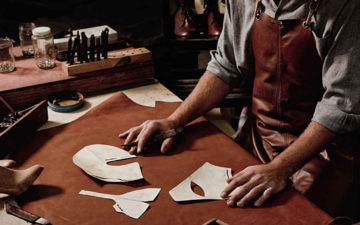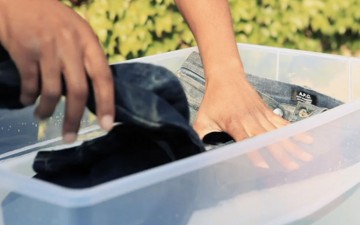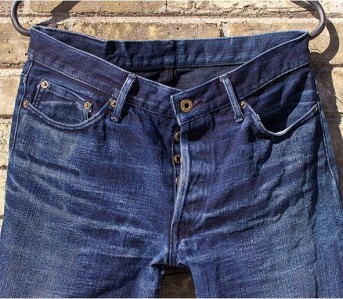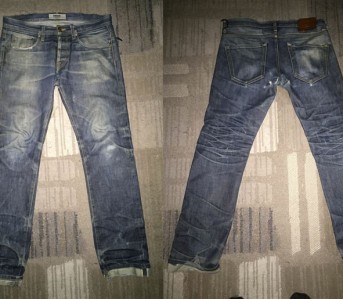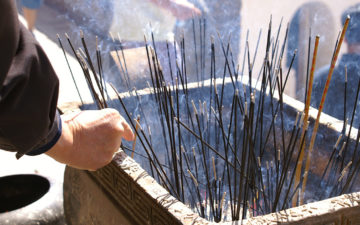With spring upon us and summer coming as soon as it can (fingers crossed), it’s likely that you’ll be seeing a lot of boat shoes, camp moccasins and blucher moccasins. Even though they look pretty similar, those three types of shoes are actually different in easily-identifiable ways. In case you’re in the market for some, or if you’re just plain curious, we’re here to explain those differences as the mercury starts to rise.
The Boat Shoe
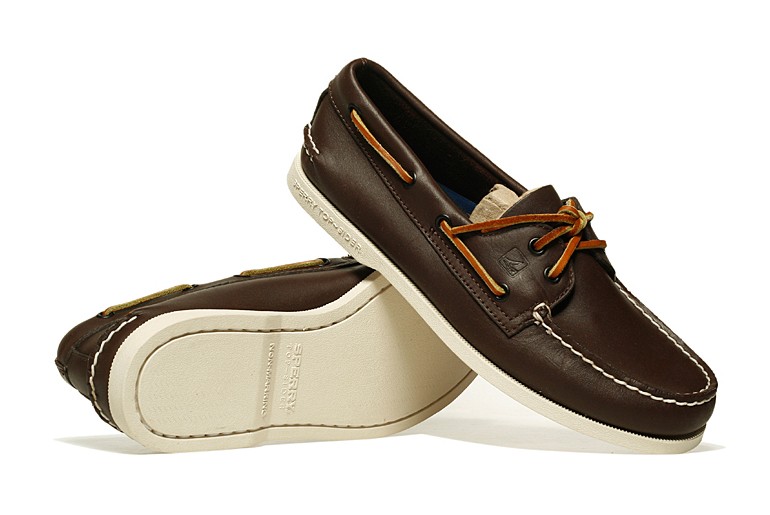
Sperry Top-Sider Leather Boat Shoe
A cornerstone of prep aficionados everywhere, the boat shoe is a signature slip-on shoe for those spending part of their time on the water (or just as likely, none at all). Boat shoes feature an unlined slip-on design, almost always worn sockless. In classic blucher design (but not a blucher moc design), there are leather flaps with one or two sets of eyelets and leather laces pulling them over the front of the foot.
A pivotal design point of boat shoes is the 360-degree throat lacing–aka the laces that run around the entire foot. This allows some tightening of the fit, but not all that much, and isn’t specifically unique to boat shoes alone (more on that later). Similar to other slip-on shoes like loafers, the fit has to be right from the get-go, or else the wearer will find their boat shoes slipping off their feet.
The single unique design point of boat shoes is the siped sole. Sperry Top-Sider is now famous for it because in 1935, seafarer Paul Sperry carved thin grooves into the bottom of his shoes to mimic the treads of his dog’s paws. These grooves allow a unique kind of grip in the slippery situations often seen on a boat, like the ones Sperry spent much of his time on. The technical explanation for the grip is that the small grooves allow water to seep in similar to the way a car tire does, keeping the sole in contact with whatever surface the wearer is standing on.
In terms of affordable options, Sperry Top-Sider‘s Authentic Original 2-Eye Boat Shoe will run you $88. On the high end of the spectrum would be New England Outerwear Co.’s Two Eye Boat Shoe in Natural Chromexcel leather for $275.
The Camp Moc
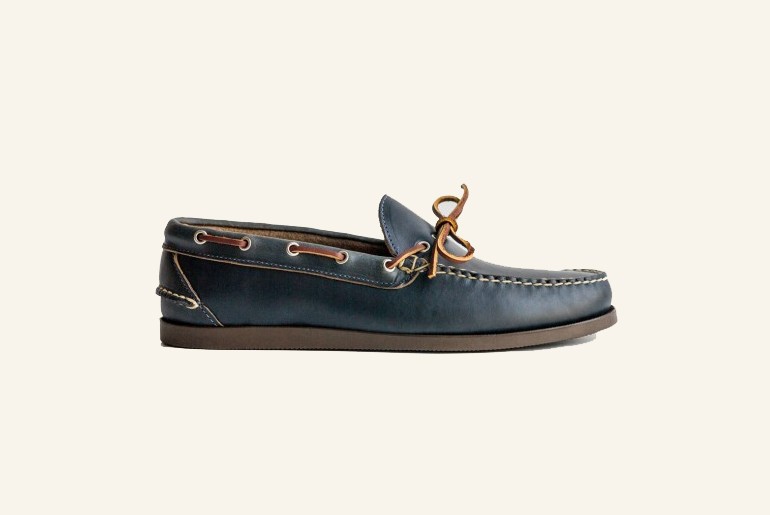
Oak Street Bootmakers Horween Chromexcel Leather Camp Moc
On first sight, the camp moc looks about identical to a boat shoe with its 360-degree lacing. One of the differences lies in the sole, which isn’t siped like a boat shoe, but a pebbled camp sole. This sole is designed for dry, loose surfaces…say, like the dirt found in a campground.
Camp mocs are similar to traditional loafers in that they don’t feature a blucher construction. This means they don’t have the flaps found on a lot of modern footwear that tighten the fit via laces. Instead, they usually have one pair of eyelets with laces going directly across the vamp. Camp mocs can also be partially lined and worn with socks, making them suitable for three-season wear.
An affordable camp moc option is L.L.Bean‘s Handsewn Camp Moc for $79. On the higher end, Oak Street Bootmakers make their Camp Moc with Horween Chromexcel leather for $262.
The Blucher Moc
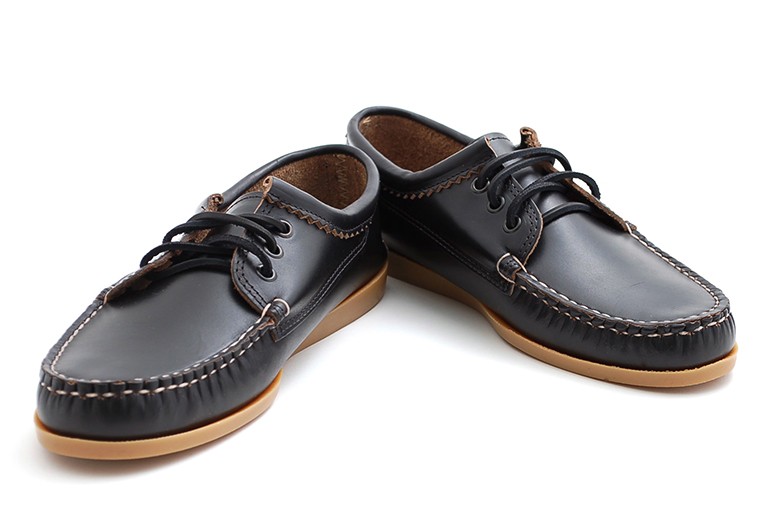
Quoddy Horween Chromexcel Leather Blucher Moc
Lastly, there’s the blucher moc. Looking more like a regular shoe, this moccasin features the blucher construction we mentioned earlier, but typically with double the number of eyelet pairs as in a boat shoe. Even without the 360-degree lacing, the fully-laced vamp of a blucher moc allows for a lot more adjustment when it comes to overall fit.
These mocs share the pebbled sole of the camp moc, making it useful for a wider variety of surface traction. Also, blucher mocs are often positioned as being able to be worn for all four seasons. Like camp mocs, they may come lined and can be worn with or without socks.
L.L. Bean makes an affordable Handsewn Blucher Moc for $79 at their site, as does Eastland, which is available for $90 at Amazon, although they call their blucher a “camp moc” for some reason. Maine’s Quoddy makes their high-end Blucher in a variety of beautiful leathers (including Horween Chromexcel), but it comes at a cost, and that cost is $249.
